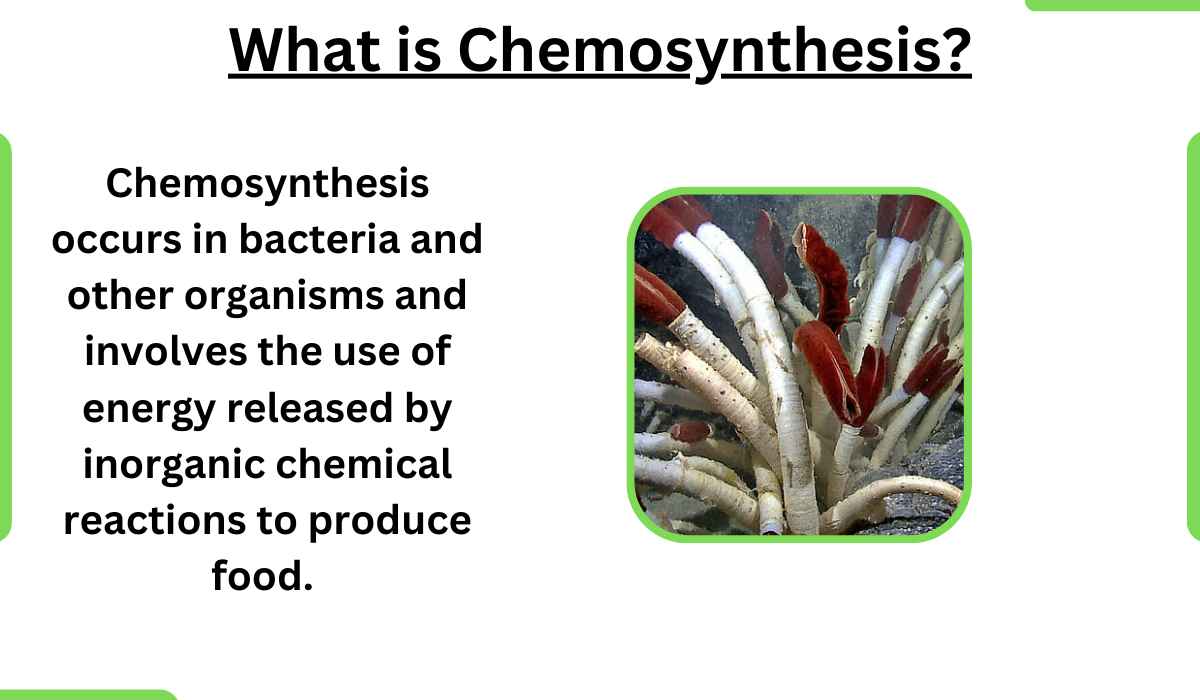Stomach-Composition and Mechanism of Digestion in Stomach
The stomach is the largest organ in our body. It holds food before it enters the digestive system. The stomach also plays a vital role in digestion. It helps us break down food into nutrients that are absorbed through the intestinal tract.
The stomach plays an essential role in digestion, absorption of nutrients, and metabolism. In addition, it helps regulate blood sugar levels, regulates hunger and satiety signals, and controls appetite.
Gastric Glands And Gastric Juice
The stomach is composed of an inner mucous membrane. This membrane contains thousands of glands. The gastric glands have three types of cells.
(a) Parietal cells: These cells secrete HCI.
(b) Chief cells: They secrete pepsinogen. Pepsinogen is changed into pepsin enzyme. Parietal cells and chief cells are present in the pits of the gastric gland.
(c) Mucous cells: Mucous cells are present at the surface of gastric glands.
They secrete mucous. Mucous form a coat on the inner surface of the stomach. This coat protects the wall of the stomach from the action of HCI and pepsin.
The upper surface of the gastrointestinal tract i.e. esophagus and mouth has a much thin mucous cell layer than the stomach. Therefore, vomiting causes a burning sensation in the esophagus or mouth. Endocrine cells are present in one part of the stomach mucosa. They release the hormone gastrin. It travels to the target cells in the gastric glands and further stimulates them.
Mechanism Of Digestion In The Stomach
Here are the steps that are involved in the mechanism of digestion of food in the stomach:
- The bolus of food enters the stomach. It distends (spreads) the walls of the stomach.
- This distention stimulates the gastric pits to secrete HCI and pepsinogen.
- The H ions convert the pepsinogen into active enzyme pepsin.
- The smooth mucosal muscles contract. Therefore, pepsin, mucus, and HCI mix with food. Pepsin breaks down proteins.
- The stomach contents are sufficiently mixed after three hours. It forms a liquid mass called chyme.
- The pyloric sphincter regulates the release of the chyme into the small intestine.
- The peristaltic waves cease when the stomach is empty. But new wave starts in the upper region of the stomach after 10 hours of fasting. These waves can cause hunger pangs.
What Are Hunger Pangs?
Hunger pangs are those sudden cravings for food that come without warning. They often happen after a long period of fasting or skipping meals. The feeling of hunger is usually accompanied by fatigue, irritability, and low energy levels.
Hunger pangs are caused by hormonal changes in the body. When you skip meals, your blood sugar level drops causing your brain to send signals to your stomach to eat. This leads to hunger pangs.
The stomach is a muscular distensible sac. It performs three functions:
1. It receives food in the form of the bolus from the esophagus. It stores this food.
2. Stomach secretes substances (enzymes, mucus, and hydrochloric acid (HCI). These substances start the digestion of proteins.
3. It controls the rate of movement of food into the small intestine through the pyloric sphincter.




Leave a Reply